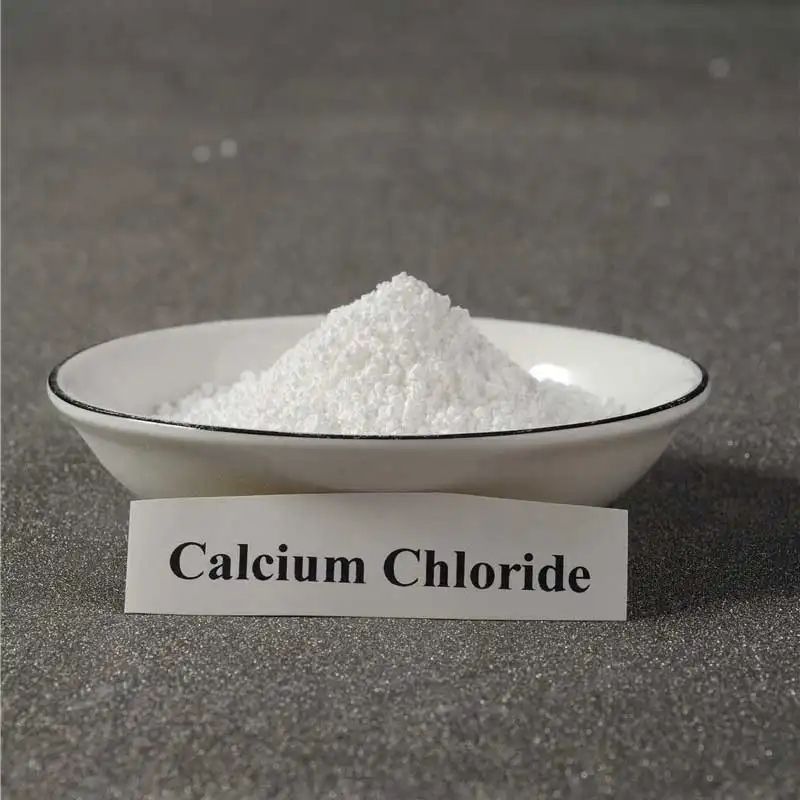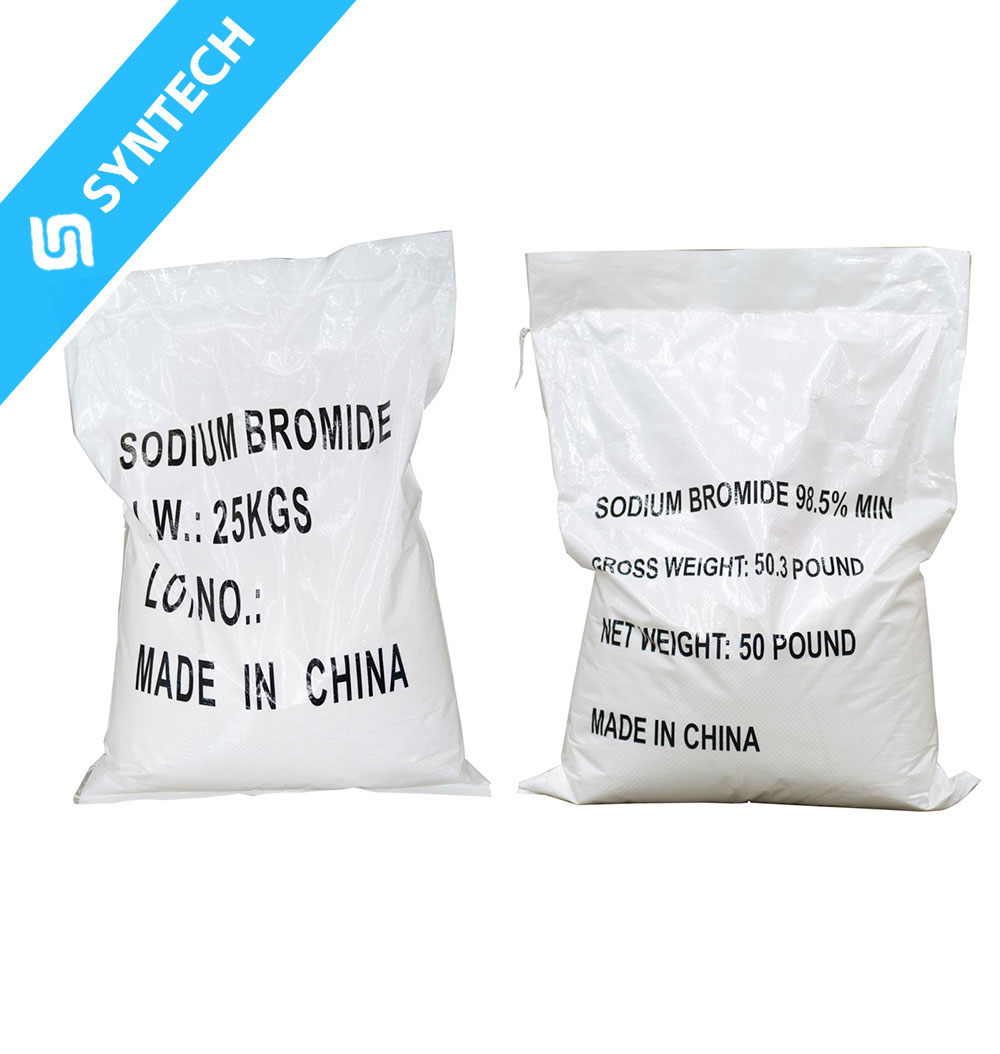Sodium Methallyl Sulfonate (SMAS), with the chemical formula C₄H₇NaO₃S, is a significant industrial chemical classified as a vinyl sulfonate monomer. It is a white or light yellow crystalline powder known for its high reactivity and anionic character, making it a valuable intermediate and co-monomer in various chemical synthesis and polymerization processes.
1. Chemical and Physical Properties
SMAS possesses a unique set of properties that contribute to its widespread utility:
- Chemical Structure: Its molecule consists of a methallyl group (a branched-chain alkene with the structure CH₂=C(CH₃)CH₂–) linked to a sulfonate group (SO₃⁻). The sodium cation (Na⁺) provides ionic neutrality. The carbon-carbon double bond is the site for polymerization, while the strongly ionic sulfonate group imparts hydrophilicity and polarity.
- Molecular Weight: 158.15 g/mol
- Appearance: Typically a white to light yellow crystalline powder or flakes.
- Solubility: It is highly soluble in water, which is one of its most critical characteristics. This is due to the hydrophilic nature of the sulfonate group. It also has good solubility in certain polar organic solvents like dimethylformamide (DMF) but is generally insoluble in non-polar solvents.
- Reactivity: The molecule features a reactive vinyl group that readily undergoes free-radical copolymerization with a wide range of other monomers such as acrylonitrile, acrylates, vinyl acetate, and styrene.
- Thermal Stability: SMAS exhibits good thermal stability, which allows it to be used in high-temperature polymerization processes without significant degradation.
- Anionic Character: The sulfonate group (SO₃⁻) is strongly anionic, highly polar, and remains dissociated over a wide pH range. This makes SMAS an excellent provider of permanent negative charges and hydrophilic sites in polymer chains.
2. Synthesis of SMAS
The industrial synthesis of SMAS typically involves a direct sulfonation reaction of methallyl alcohol or its derivatives. The most common and efficient route is a two-step process:
- Sulfonation: Methallyl chloride (or methallyl alcohol) reacts with sodium sulfite (Na₂SO₃) or sodium bisulfite (NaHSO₃) in an aqueous solution. This reaction is an nucleophilic substitution where the sulfite ion attacks the methallyl chloride molecule.
- Neutralization/Crystallization: The resulting sulfonic acid intermediate is then neutralized with a base, such as sodium hydroxide (NaOH), to form the sodium salt. The final SMAS product is obtained through crystallization, filtration, and drying processes.
A simplified chemical equation for the reaction with methallyl chloride is:
CH₂=C(CH₃)CH₂Cl + Na₂SO₃ → CH₂=C(CH₃)CH₂SO₃Na + NaCl
This synthesis route is favored for its relatively straightforward process, good yield, and the commercial availability of the starting materials.
3. Primary Applications and Uses
The utility of SMAS stems from its dual functionality: a polymerizable double bond and a strongly anionic, hydrophilic sulfonate group. Its primary applications are as a co-monomer and modifying agent:
- Synthetic Fibers (Major Application): This is the largest and most important application of SMAS. It is used as a co-monomer in the production of acrylonitrile copolymers, which are precursors to acrylic and modacrylic fibers.
- Role: The sulfonate groups from SMAS provide dyeing sites for cationic (basic) dyes. Without these anionic sites, acrylic fibers would be very difficult to dye. SMAS allows for vibrant, deep, and uniform coloration.
- Advantage: Compared to other sulfonates, SMAS offers superior performance due to its lower homopolymerization tendency and higher copolymerization reactivity, leading to a more uniform distribution of dye sites in the polymer chain.
- Water-Soluble Polymers and Dispersants:
- Scale Inhibitors: In water treatment, especially for cooling towers and boilers, SMAS is copolymerized with acrylic acid or maleic anhydride to create polymers that effectively inhibit the precipitation and deposition of calcium carbonate, calcium sulfate, and barium sulfate scales.
- Dispersants: SMAS-based copolymers are excellent dispersants for inorganic particles in aqueous systems. They are used in industries such as construction (as superplasticizers in concrete), pigments, ceramics, and paper processing to prevent agglomeration and ensure a stable slurry.
- Emulsion Polymerization:
- Reactive Emulsifier: SMAS can act as a reactive surfactant or co-monomer in emulsion polymerization processes for styrene-butadiene rubber (SBR), acrylic emulsions, and PVC. Unlike conventional surfactants, it copolymerizes into the polymer backbone, becoming a permanent part of the latex particle. This improves the latex’s stability against shear, freezing, and thawing, and reduces the tendency for the surfactant to migrate or leach out, which can cause issues like water sensitivity or foam in the final product.
- Photography and Specialty Chemicals:
- It is used as an additive in photographic emulsions to modify the physical properties of the gelatin layers.
- SMAS serves as an intermediate in the synthesis of other specialty chemicals, including pharmaceuticals and agrochemicals, where introducing a hydrophilic sulfonate group is desired.






